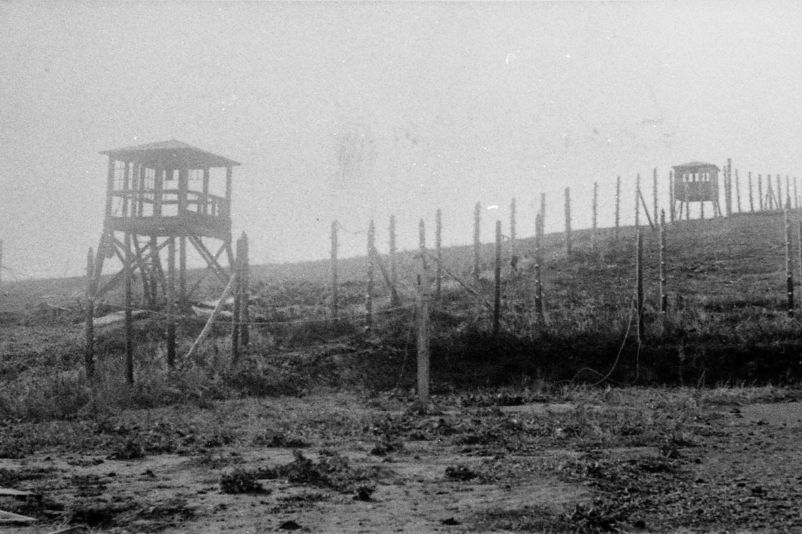
The perspective of the inmates is inextricably linked to aspects of the society of the perpetrators. How did the German populace respond to those who fled? What options did they have in terms of their responses (and what constraints did they face)? How did the Nazi system of repression function in first trying to prevent an escape from a concentration camp and then in hunting down escaped inmates?
In a personal account published in 1946 in French, and later in 1979 in German, Aimé Bonifas, a survivor of the Mittelbau-Dora concentration camp summarized the situation of escapees as follows: "Despite the numerous guard posts, it was still relatively easy to get through the barbed wire. But where does one go in this forlorn country, in a striped uniform, not speaking the language, without a penny, without any suitable shoes, and no food?"
Structure of the exhibition
The Nazi System of Repression
Multiple inmates had been sent to the concentration camp by the Gestapo for escaping their civilian forced labour details. A harsher set of punishments at the concentration camps ensured that escape was difficult and dangerous. Being identified by one's inmate uniform and public manhunts made it almost impossible to escape this confinement. Anyone who was recaptured faced the threat of torture, harassment, and murder back inside the concentration camp.
The Inmates
In addition, the exhibition looks at escaped inmates. Which camps and situations offered the best possibility of escape? What was the motivation for taking the mortal risk of escape? What made it possible to remain undetected once outside the camp? What happened to people who were caught? What about the inmates who did not flee? How did they describe their decision not to take the risk of escaping and instead develop strategies for survival inside the camp?
The Nazi "People's Community"
Third, the responses of the German population are portrayed as ranging from hindering escapees to providing help. How can this range of responses be viewed in relation to the Nazi-controlled media and newspaper reports in particular?

